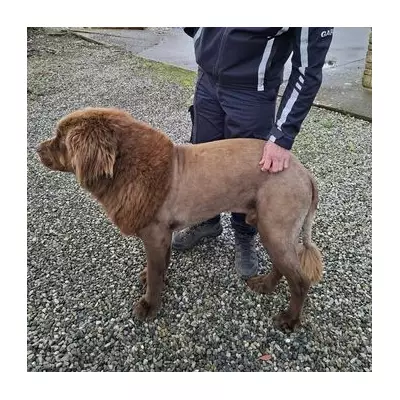
As the clocks change and winter approaches, gardening expert Monty Don advises that now is the perfect time for crucial garden tasks. While protecting tender plants and cutting back perennials before the first frosts is essential, he emphasises that November is a prime month for planting trees, shrubs, hedges, and perennials.
The Benefits of Bare-Root Planting
Nurseries are beginning to ship bare-root plants, which Monty Don describes as an economical and environmentally friendly option. These plants, sold without containers straight from the ground, are often cheaper, better quality, and offer a wider selection than their potted counterparts.
Although the initial appearance of these "twiggy stumps" might not be impressive, they are poised to burst into life come spring. Jamie Shipley, a gardening expert from Hedges Direct, explains that without the constraint of a pot, bare-root plants develop a more natural and extensive root system in nursery beds. This allows the roots to spread freely and establish quickly, leading to vigorous, healthy growth.
The financial incentive is significant. Buying bare-root can save you around 30% compared to purchasing the same plants in pots. Guy Barter, RHS chief horticulturist, adds that "You usually get a bigger, better plant because plants grow better in the field than they do in pots."
How to Plant Your Bare-Root Specimens
Success with bare-root plants hinges on correct handling and planting. They must be planted while dormant and ideally go into the ground immediately, provided it isn't frozen or waterlogged.
Follow these steps for the best results:
- Keep the roots moist and ideally soak them for up to six hours before planting.
- Clear the planting area of any weeds or debris.
- Dig a hole that is wider than it is deep; the depth should correspond to the plant's size.
- Spread the roots out in the soil, ensuring the plant's crown remains at soil level to prevent rot.
- Refill the hole with soil, firming the plant in so it is stable.
- Water the plant generously after planting.
What to Buy as Bare-Root Plants
The Royal Horticultural Society recommends early autumn for planting evergreen and semi-evergreen hedging varieties like box, privet, and yew. For deciduous hedges such as beech, hawthorn, and hornbeam, the planting window is from leaf fall until March.
Roses are a popular bare-root choice and often flower in their first year. Other excellent options include peonies, agapanthus, hardy geraniums, Alchemilla mollis, and fruit trees. Fruit trees and bushes are particularly resilient as bare-root plants and offer substantial savings.
However, some plants are not suitable for bare-root selling. According to Morris Hankinson of Hopes Grove Nurseries, these include escallonia, ceanothus, choisya, lavender, pittosporum, and Viburnum tinus.
For those ready to start planting, there are numerous bare-root options available. Thompson and Morgan offers a Bare Root Perennial Collection for £17.99, while JParkers has a pack of five Hybrid Tea Roses at a 50% discount. Crocus provides summer fruiting raspberry canes, and Primrose offers savings on Common Hawthorn hedging plants.





